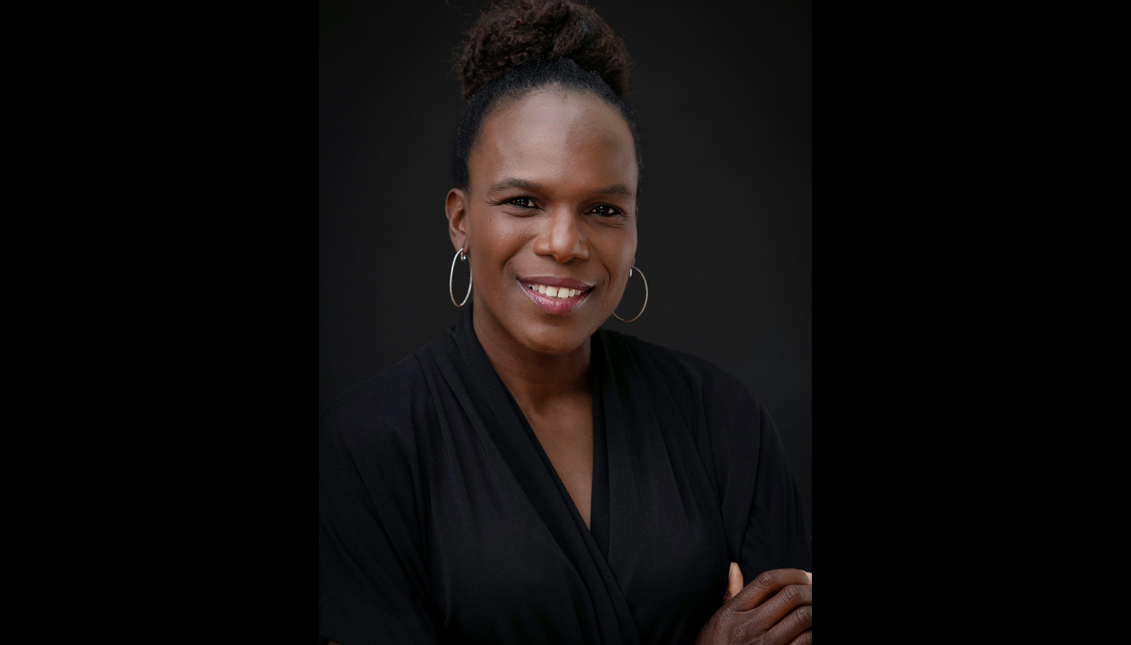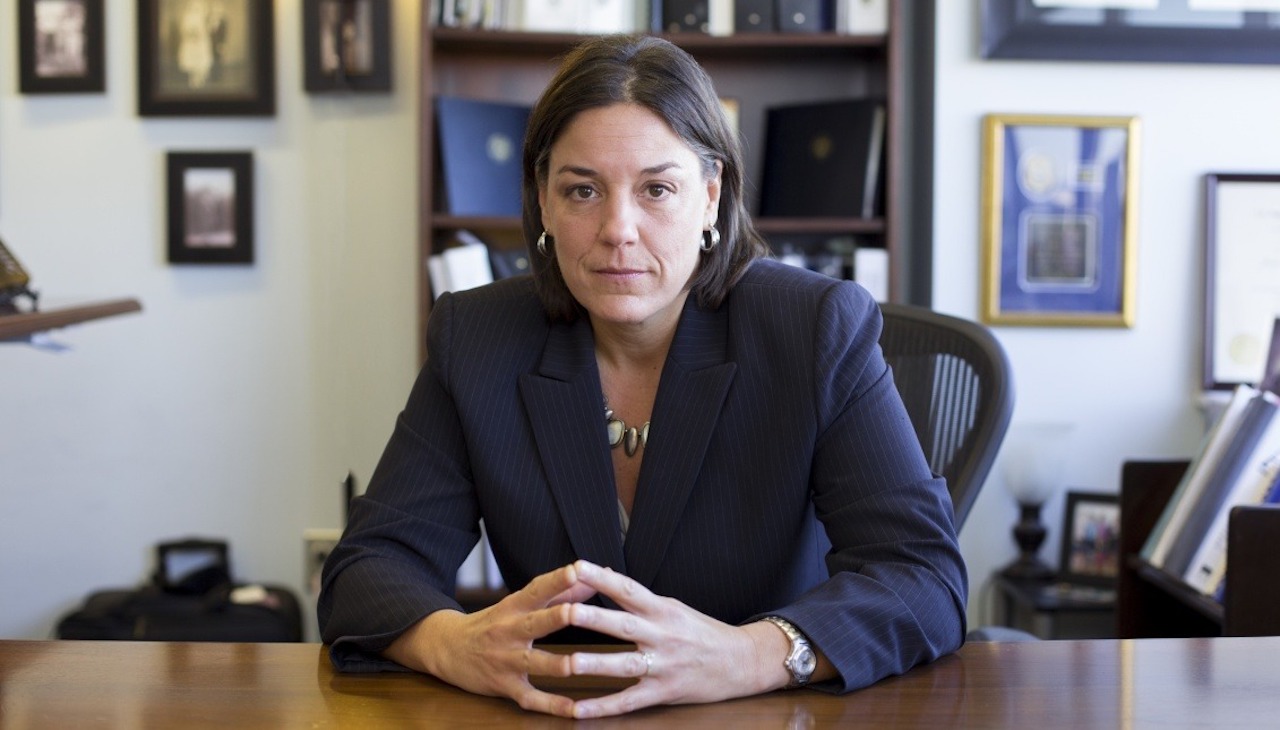
Dr. Ala Stanford, CCP kick off Black History Month educating about the COVID-19 vaccine
With its first “Enough Is Enough” teach-in session of the 2021 Spring Semester, CCP is out to separate the myths from the facts.
On Monday, Feb. 1, the Community College of Philadelphia held its first “Enough Is Enough” virtual teach-in sessions of the Spring 2021 semester.
The series, launched in June 2020 following the death of George Floyd, is an effort by the community college to educate its students, faculty, and the surrounding community about how they can band together to overcome the racism that still plagues many facets of our society.
While previous discussions educated on everything from the state of Black small businesses and environmental racism to violence in the transgender community and allyship with Black and Brown communities, the talk on Feb. 1 was all about discerning the myths and facts of the COVID-19 vaccine.
The event featured a talk between CCP professor Dr. Tamika Curry and Dr. Ala Stanford, the founder of Philadelphia’s Black Doctor’s Consortium, a leader in both testing Philadelphia’s communities of color for COVID-19 and getting the word out about the virus.
Stanford talked on a number of topics, including the foundation of her Philadelphia Black Doctor’s Consortium, the backdrop of mistrust between communities of color and health systems in the U.S., and the Philly Fighting COVID debacle.
The entire discussion can be found here.
Regarding the myths and facts surrounding the COVID-19 vaccine, she addressed many.
The first were concerns about the speed at which vaccines were developed. The 10-month timeframe seemed to many in the general public to be too fast at first for it to be effective.
In communities of color especially, the speed left many feeling as if they would be the real “guinea pigs” for the vaccine as it rolled out.
Stanford was quick to chalk the speed of the vaccine up to both circumstance and support.
“The reason and how it got pushed forward so quickly is because we’re in a pandemic and lots of money was put behind it,” she said.
By the numbers, Moderna was awarded a $1.97 billion contract from the U.S. Department of Defense for vaccine production, while Pfizer’s was worth a similar $1.95 billion for doses.
Regarding the “guinea pig” mentality, Stanford pointed to data that approximately 35,000 people took the COVID-19 vaccine as part of clinical trials before the general public saw any of them.
“There were 20,000 people in Pfizer, 15,000 people in Moderna in phase three that all received the vaccine,” said Stanford.
No one died as a result either in both vaccine trials.
She went on to relate the overall distrust in health systems within communities of color to the current distrust in vaccines, but hopes her efforts at the Philadelphia Black Doctor’s Consortium can help mend some of those disconnections.
“How it’s different with us? We’ve been around since March and April in the communities,” said Stanford. “It wasn’t like we set up shop and said: ‘Ok, if you need us, come to us,’ we went to the people and I believe we earned that trust.”
She recounted multiple instances early on where older residents came out to the clinics they ran just to see if they were real.
With the implosion of Philly Fighting COVID, Stanford’s Black Doctor’s Consortium is now the rightful leader of the vaccine effort in the city and hopes to get more vaccines and more funding to expand its operations.
RELATED CONTENT
The benefits of getting a vaccine are both preventing COVID-19 infection and/or not having a more serious episode of the virus if exposed.
“You are the one getting the shot, so you are the one who receives the benefit,” said Stanford, “so a lot of people ask: ‘Why do I still need to wear a mask?’”
The answer to that is that even though one individual may be immune from getting any symptoms of coronavirus, it can still reside in their mouth, nose and respiratory tract, meaning it can still be transmitted through the air.
“And when you cough or sneeze or breathe, if you’re not wearing a mask… that virus can spread to someone who has not been vaccinated,” said Stanford.
She used her own family as an example: while she and her husband have both been vaccinated, Stanford’s children are too young to qualify for one yet.
“So I still, even though I’m vaccinated, I act like I’m not,” she said.
Of the downsides associated with the vaccine, Stanford said pregnant women can’t get the Moderna vaccine, and for those who’ve already overcome the virus, they must wait 14 days to a month before getting a vaccine.
Those that have received other vaccines like the flu shot or others must also wait two weeks before getting a COVID-19 vaccine.
In regards to side effects of the vaccines, there are immediate, intermediate and long-term.
The immediate and intermediate can be anything from fatigue, headaches, a sore arm and a queasy stomach, with the intermediate lasting a little longer than a couple days.
The long-term effects are still not known.
There are many vaccines still being developed on a worldwide scale, but the only two available for emergency use in the U.S. are Moderna’s and Pfizer’s, with one by Johnson & Johnson headed to hearings before approval.
Stanford said patients can not choose which vaccine they get.










LEAVE A COMMENT: